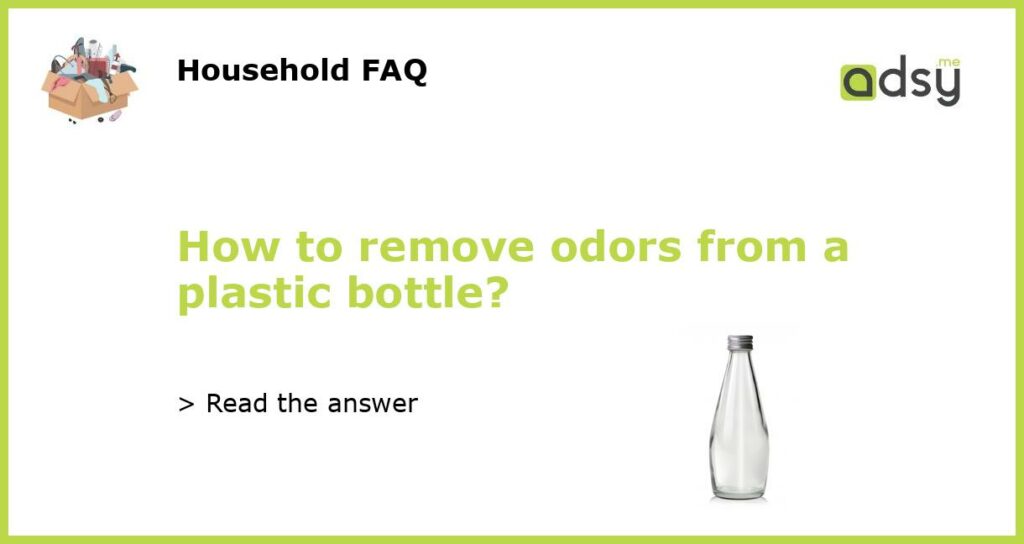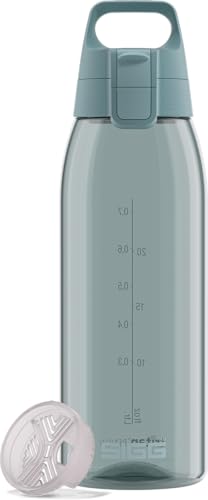Why plastic bottle odors occur?
Plastic bottles are very convenient, lightweight, and durable, but they can also absorb and retain unpleasant odors. The most common culprits are strong-smelling liquids such as juice, milk, soda, or sports drinks. However, even water can cause odor buildup if the bottle is not rinsed well and left damp for too long. Additionally, bacteria and mold can grow inside the bottle, especially if it is not cleaned thoroughly or stored in a warm and humid environment.
How to prevent plastic bottle odors?
The best way to avoid plastic bottle odors is to clean them regularly and dry them thoroughly. Depending on the frequency of use and the type of liquid you usually store, you may need to wash the bottle after every use or at least once a day. Use hot soapy water and a bottle brush to scrub inside and outside the bottle, paying extra attention to the mouth and the cap. Rinse the bottle well and let it air dry upside down in a well-ventilated area. You can also add a drop of vinegar or lemon juice to the cleaning solution to help neutralize any lingering smells.
How to remove plastic bottle odors?
If your plastic bottle already contains unpleasant odors, don’t despair. There are several methods you can try to get rid of them. One is to fill the bottle with hot water and some baking soda, let it sit for a few hours or overnight, and then rinse it thoroughly. Another is to mix equal parts of water and white vinegar or hydrogen peroxide, fill the bottle with the solution, let it soak for an hour, and then rinse it off. You can also try using specialized cleaning products, such as bottle cleaners or odor removers, but make sure to follow the instructions and safety precautions carefully.
How to prevent plastic bottle odors in the future?
To avoid having to deal with plastic bottle odors repeatedly, you can take some additional steps. First, choose bottles made of high-quality, food-grade plastic that is less likely to absorb odors and chemicals. Second, try to drink up the liquid as soon as possible and not leave it in the bottle for an extended period. Third, store the bottle in a cool and dry place, away from direct sunlight and other sources of heat and moisture. Fourth, consider using a reusable straw or spout lid that can reduce the amount of air and bacteria that enter the bottle.
When to replace a plastic bottle?
If you have tried all the above methods and still cannot eliminate the plastic bottle odors, it may be time to replace the bottle. Over time, plastic bottles can develop cracks, scratches, or discoloration that can harbor bacteria, even after cleaning. Moreover, plastic bottles can release harmful chemicals such as BPA or phthalates if they are exposed to high temperatures or frequent use. If you notice any signs of damage or wear and tear in your plastic bottle, it is better to err on the side of caution and get a new one to avoid health risks.






